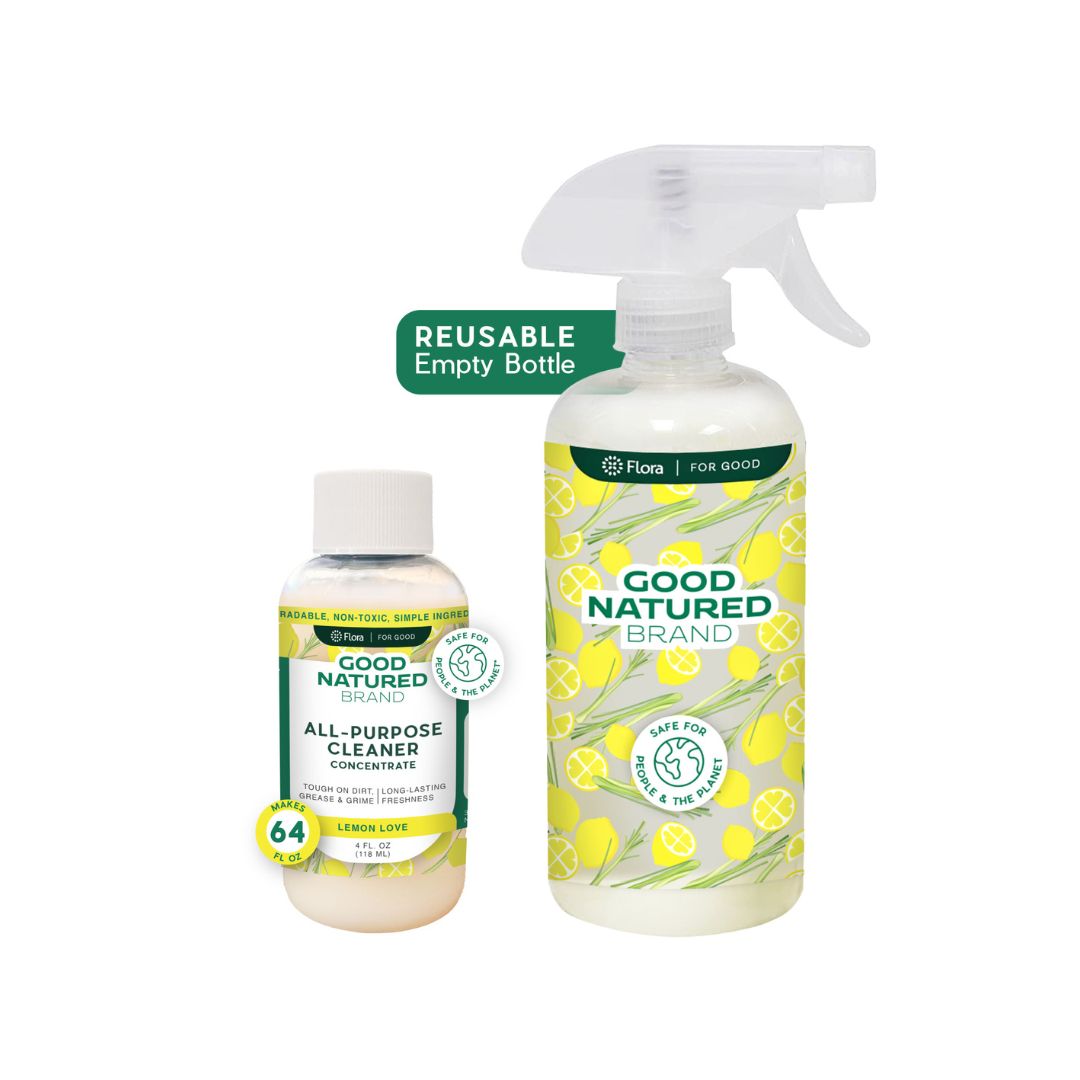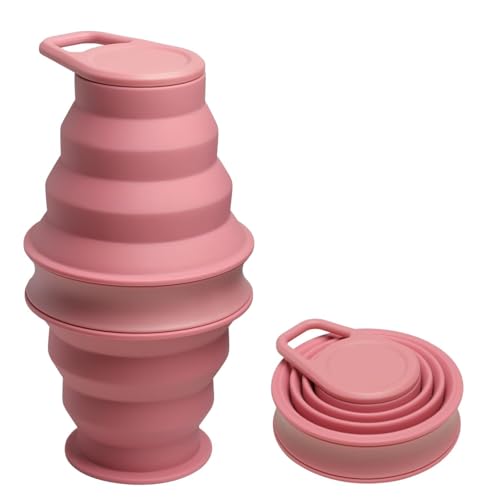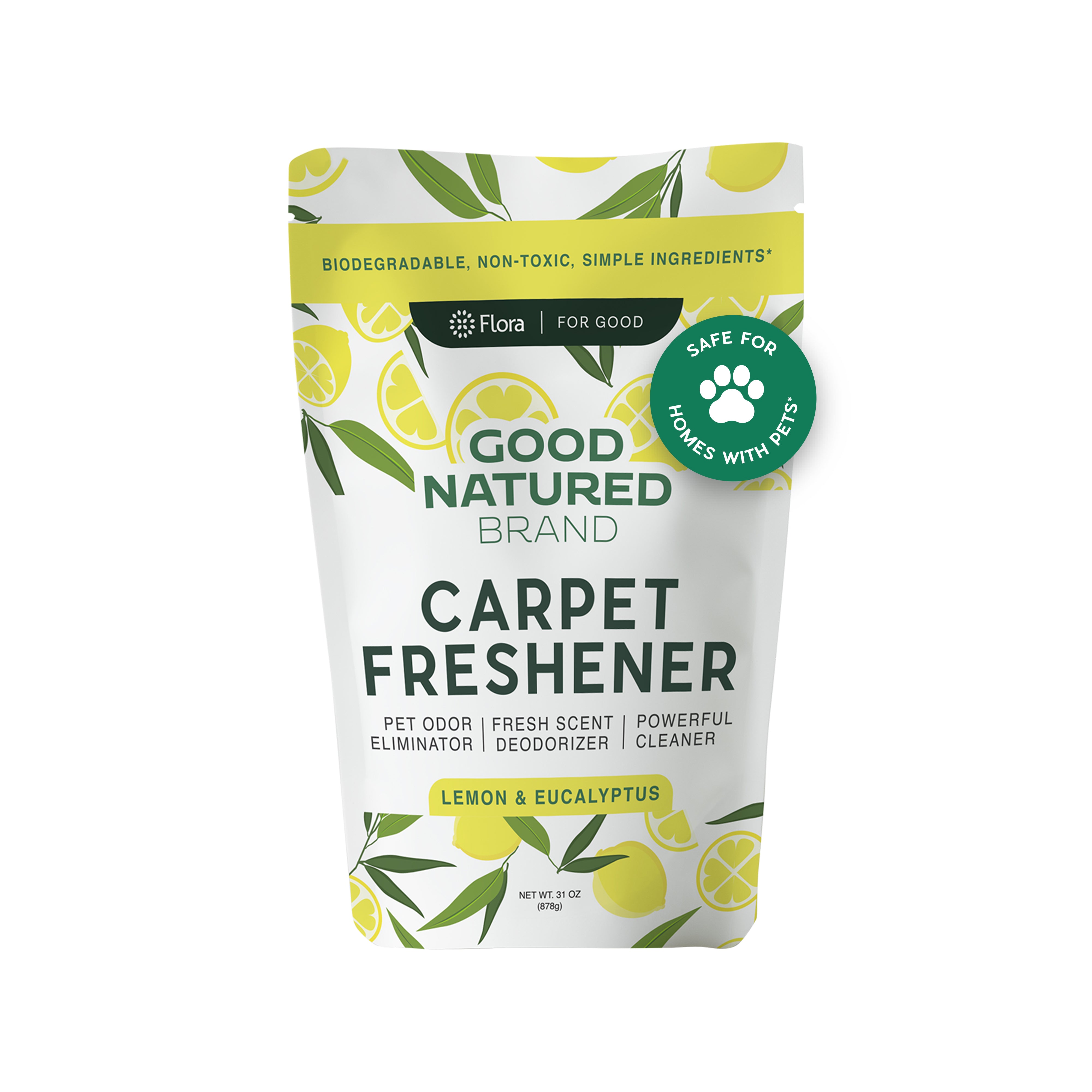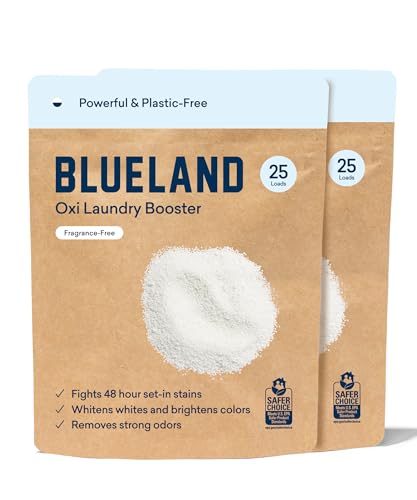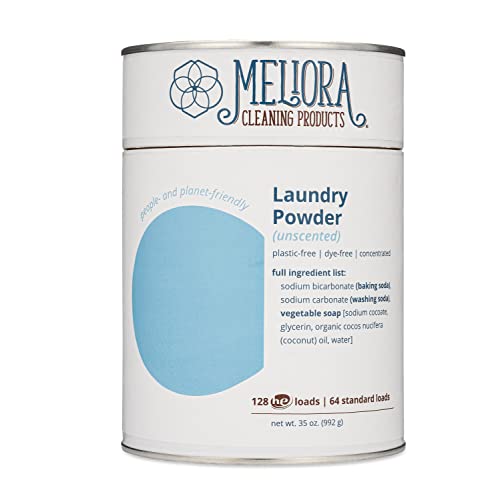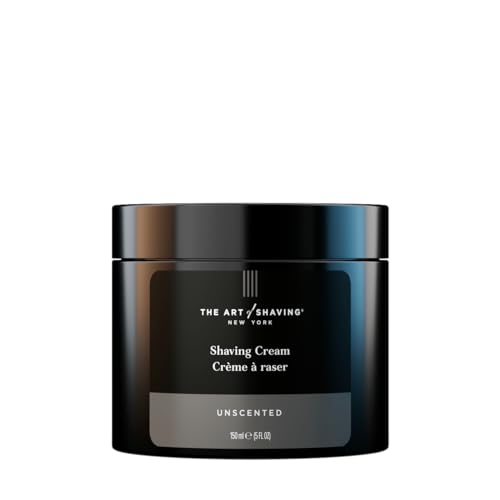
The Art of Shaving Unscented Shaving Cream - Soothing, Hypoallergenic for Sensitive Skin - 5 Fl Oz


Triethanolamine
High RiskTriethanolamine is a strongly alkaline substance commonly used in cosmetic and personal care products as an emulsifier, pH balancer, and surfactant. It helps to stabilize formulations by improving the mix of oil and water components, contributing to the overall texture and consistency of various products.
Sustai Insights
Triethanolamine serves effective functional benefits, particularly as an emulsifier and pH stabilizer, enhancing product performance. However, it is associated with moderate allergenic potential, and there are concerns regarding irritation. Regulatory agencies have imposed significant restrictions on its use due to safety assessments, categorizing it as high risk. The ingredient poses environmental risks, such as potential pollution, and is not considered biodegradable. Safe usage practices are recommended to minimize exposure. Safer alternatives such as glyceryl stearate may be considered for formulation innovation.
Iodopropynyl Butylcarbamate
High RiskIodopropynyl butylcarbamate is used as a preservative in cosmetic and personal care products to prevent microbial growth and extend shelf life. It is effective against a broad range of bacteria and fungi, making it valuable in formulations requiring preservation.
Sustai Insights
Iodopropynyl butylcarbamate serves as an effective preservative; however, it is associated with allergic contact dermatitis and moderate immunotoxicity risks. Regulatory bodies have imposed high usage restrictions due to its persistence and potential for bioaccumulation, classifying it as a high-risk ingredient overall. Safe usage practices are recommended, and alternatives such as phenoxyethanol or natural preservatives should be considered.
Potassium Hydroxide
High RiskPotassium hydroxide is a caustic inorganic base commonly used in various products for its ability to adjust pH levels and act as a cleaning agent. It is highly soluble in water and can produce heat upon dissolution, making it effective in certain formulations.
Sustai Insights
Potassium hydroxide serves as a strong pH adjuster and cleaning agent, but it poses significant health risks due to its caustic nature, which can cause irritation to skin and eyes. Environmental concerns include its potential to contribute to water pollution. Regulatory bodies have imposed strict usage restrictions due to these hazards, leading to a high-risk overall assessment. Safe handling practices are essential, and alternatives such as citric acid may provide safer pH adjustment without the associated risks.
Sodium Hydroxide
High RiskSodium hydroxide is a highly caustic and reactive inorganic compound commonly used as a pH adjuster in various products. It is effective in neutralizing acids and plays a role in the production of soaps and detergents.
Sustai Insights
Sodium hydroxide serves essential functions, particularly in adjusting pH levels, but poses significant health risks, including skin and eye irritation. It is subject to high usage restrictions due to its corrosive nature. Environmental concerns include its potential to pollute water sources and contribute to ecosystem damage. Regulatory bodies have imposed strict guidelines on its use, indicating a high-risk profile for products containing this ingredient. Safe handling practices are crucial, and alternatives include milder pH adjusters, emphasizing the need for caution in its application.
Peg 4 Laurate
Medium RiskPEG-4 laurate is a polyethylene glycol ester of lauric acid, primarily used as an emollient and surfactant in cosmetic and personal care products. It helps to enhance texture and stability while providing moisture to the skin.
Sustai Insights
PEG-4 laurate offers functional benefits as a skin-conditioning agent and emulsifier, aiding product performance. While it is generally considered low risk for carcinogenicity and developmental toxicity, it has a moderate potential for allergies. Environmental concerns include possible contamination; however, it is not classified as bioaccumulative. Regulatory bodies impose low use restrictions. Overall, it carries a medium risk level, and users should consider alternatives like plant-based emulsifiers for potentially safer options.
Peg 4 Dilaurate
Medium RiskPEG-4 dilaurate is a polyethylene glycol diester of lauric acid, primarily used as an emulsifier and skin-conditioning agent in various cosmetic products. It helps to blend oil and water components, enhancing product texture and stability.
Sustai Insights
PEG-4 dilaurate functions effectively as an emulsifier, improving the consistency of formulations. It is not biodegradable and may raise environmental concerns due to potential pollution. Health risks include moderate allergenic potential, while regulatory status is relatively low risk with specific restrictions. Overall, the ingredient presents a medium risk profile, necessitating caution in sensitive applications.
Glycerin
Medium RiskGlycerin (also called glycerol) is a naturally occurring compound commonly used in personal care and cosmetic products. It functions as a humectant, attracting moisture to the skin, and is also utilized as a solvent and emollient to enhance product texture and stability.
Sustai Insights
Glycerin is valued for its effective moisturizing properties and biodegradability, making it a widely accepted ingredient in formulations. It poses low health risks, including low concerns for carcinogenicity and allergies. However, moderate use restrictions exist due to regulatory guidelines. While glycerin does not significantly contribute to environmental pollution, its production process should be ethically sourced. Overall, glycerin holds a medium risk level, emphasizing the importance of safe usage practices and considering sustainable alternatives.
Phenoxyethanol
Medium RiskPhenoxyethanol is a preservative used in cosmetics and personal care products to prevent microbial growth and extend shelf life. It is commonly found in formulations such as lotions, creams, and serums.
Sustai Insights
Phenoxyethanol serves effectively as a preservative, ensuring product stability and safety by inhibiting microbial growth. It is considered to have low health risks regarding carcinogenicity, allergies, and reproductive toxicity. However, moderate use restrictions exist, and regulatory bodies have advised caution in specific applications. Environmental concerns include its potential as a pollutant, although it is not highly bioaccumulative. Overall, the ingredient presents a medium risk level, with safe usage practices recommended and alternative preservatives available for those seeking greener options.
Stearic Acid
Low RiskStearic acid is a naturally occurring fatty acid commonly found in animal and vegetable fats. It functions primarily as an emulsifier, thickener, and stabilizer in cosmetic and personal care products, providing texture and consistency.
Sustai Insights
Stearic acid offers functional benefits such as effective emulsification and stabilization of formulations. It is derived from renewable sources and is biodegradable, contributing to its sustainability profile. Health risks are low, with minimal concerns regarding carcinogenicity, allergies, or reproductive toxicity. Environmental risks are also low, with no significant pollutants or bioaccumulation concerns noted. Regulatory bodies, including the FDA, do not impose restrictions on its use. Overall, stearic acid is assessed as low risk, and its safe usage practices are well-established, with no significant alternatives needed.
Peg 4
Low RiskPEG-4 is a polymer of ethylene oxide commonly used in various cosmetic and personal care products. It serves multiple functions, including acting as a humectant, emulsifier, and solvent, facilitating the blending of ingredients and enhancing product texture.
Sustai Insights
PEG-4 offers functional benefits, such as improving product consistency and moisture retention. It is considered to have low health risks, with minimal concerns regarding carcinogenicity, allergies, and reproductive toxicity. Environmental risks are low, with no significant pollutant potential. Regulatory bodies do not impose significant restrictions on its use. Overall, PEG-4 is assessed as low risk, making it a generally safe ingredient in cosmetic formulations. For those seeking alternatives, other synthetic or natural polymers may provide similar benefits.
Coconut Fatty Acid
Low RiskCoconut fatty acid is a mixture of fatty acids derived from coconut oil, primarily composed of caprylic and capric acids. It is commonly used in cosmetic formulations for its emollient properties, helping to moisturize and soften the skin.
Sustai Insights
Coconut fatty acid serves as an effective emollient, enhancing skin hydration and texture. It is considered to have low health risks, with minimal concerns regarding carcinogenicity, allergenic potential, and reproductive toxicity. Environmentally, it is not recognized as a pollutant or bioaccumulative. Regulatory bodies do not impose significant restrictions on its use. Overall, the ingredient poses low risk, and its safe application in cosmetic products is supported by its favorable profile.
Palmitic Acid
Low RiskPalmitic acid is a naturally occurring fatty acid found in animals and plants. It is commonly used in cosmetic and food products as an emulsifier, thickener, and stabilizer, contributing to texture and consistency.
Sustai Insights
Palmitic acid effectively acts as an emulsifier and thickener, enhancing product texture. It is biodegradable and derived from renewable sources, supporting sustainability. Health risks are low, with no significant concerns regarding carcinogenicity, allergies, or reproductive toxicity. Environmentally, it poses minimal risks, with no known pollutant or bioaccumulative effects. Regulatory bodies, including the FDA, have not issued significant restrictions. Overall, the ingredient is assessed as low risk, making it a safe choice in formulations.
Myristic Acid
Low RiskMyristic acid is an organic acid commonly used in cosmetic and personal care products as an emollient and surfactant. It helps to enhance texture and stability while providing moisturizing properties. Myristic acid is derived from natural sources, including coconut and palm oil.
Sustai Insights
Myristic acid serves as an effective emollient, enhancing product texture and moisture retention. It is generally regarded as safe with low concerns for carcinogenicity, allergies, and reproductive toxicity. However, environmental risks are minimal, and it is not considered bioaccumulative. Regulatory bodies, including the FDA, have not imposed significant restrictions on its use. Overall, the risk associated with myristic acid is low, making it a suitable ingredient for cosmetic formulations.
Lauric Acid
Low RiskLauric acid is a naturally occurring fatty acid commonly found in coconut oil and palm kernel oil. It is primarily used as an emollient, surfactant, and antimicrobial agent in various personal care and cosmetic products due to its potential to enhance product texture and stability.
Sustai Insights
Lauric acid offers functional benefits as an effective emollient and antimicrobial agent, contributing to skin hydration and product preservation. It is biodegradable and derived from renewable sources. Health risks are minimal, with low concerns for carcinogenicity, allergenicity, and reproductive toxicity. Environmental impacts are also low, with no significant pollutant or bioaccumulation potential. Regulatory assessments, including those from the FDA and cosmetic safety reviews, indicate its safe use in products. Overall, lauric acid is considered low risk, making it a viable ingredient in formulations.
Tetrasodium Edta
Low RiskTetrasodium EDTA (ethylenediaminetetraacetic acid) is a chelating agent commonly used in personal care and cosmetic products. It functions by binding to metal ions, which helps to stabilize formulations and enhance the effectiveness of preservatives. This ingredient is typically employed to prevent product degradation and improve shelf life.
Sustai Insights
Tetrasodium EDTA is effective in stabilizing products and preventing metal ion-induced degradation, contributing to enhanced shelf life. It is generally regarded as low risk for health concerns, including carcinogenicity and allergies, with minimal environmental impact as it is not bioaccumulative. Regulatory bodies have not imposed significant restrictions on its use, though some caution is advised regarding its environmental persistence. Overall, the risk associated with tetrasodium EDTA is low, and safer alternatives may include natural chelating agents like citric acid.
Water
Low RiskWater is a clear, colorless liquid essential for various biological processes. It serves as a solvent in formulations, facilitating the dissolution of other ingredients and enhancing product texture and application. Additionally, water plays a crucial role in hydration and is a key component in many cosmetic and personal care products.
Sustai Insights
Water is an effective solvent and hydrator, contributing to the texture and efficacy of formulations. It is biodegradable and generally regarded as safe, with low concerns regarding carcinogenicity, allergies, and reproductive toxicity. However, excessive water usage can lead to environmental concerns, particularly regarding resource depletion. Regulatory bodies do not impose restrictions on water use in cosmetics. Overall, the risks associated with water are low, making it a safe and essential ingredient.
Disodium Edta
Low RiskDisodium EDTA (ethylenediaminetetraacetic acid) is a chelating agent commonly used in cosmetics and personal care products to bind metal ions and enhance product stability. It helps prevent the deterioration of formulations by minimizing the effects of trace metals, thus improving the overall efficacy and shelf life of the product.
Sustai Insights
Disodium EDTA serves as an effective stabilizer and preservative in various formulations, aiding in the prevention of product degradation. It is considered to have low health risks, with minimal concerns regarding carcinogenicity, allergies, or reproductive toxicity. Environmentally, it is not classified as a significant pollutant or bioaccumulative substance. Regulatory bodies, including the FDA, have noted its safe use in specified concentrations. Overall, the ingredient is assessed to have a low risk profile, with no major health or environmental concerns, making it a reliable choice for product formulation.
Stearic Acid
Low RiskStearic acid is a naturally occurring fatty acid commonly found in animal and vegetable fats. It functions primarily as an emulsifier, thickener, and stabilizer in cosmetic and personal care products, providing texture and consistency.
Sustai Insights
Stearic acid offers functional benefits such as effective emulsification and stabilization of formulations. It is derived from renewable sources and is biodegradable, contributing to its sustainability profile. Health risks are low, with minimal concerns regarding carcinogenicity, allergies, or reproductive toxicity. Environmental risks are also low, with no significant pollutants or bioaccumulation concerns noted. Regulatory bodies, including the FDA, do not impose restrictions on its use. Overall, stearic acid is assessed as low risk, and its safe usage practices are well-established, with no significant alternatives needed.
Triethanolamine
High RiskTriethanolamine is a strongly alkaline substance commonly used in cosmetic and personal care products as an emulsifier, pH balancer, and surfactant. It helps to stabilize formulations by improving the mix of oil and water components, contributing to the overall texture and consistency of various products.
Sustai Insights
Triethanolamine serves effective functional benefits, particularly as an emulsifier and pH stabilizer, enhancing product performance. However, it is associated with moderate allergenic potential, and there are concerns regarding irritation. Regulatory agencies have imposed significant restrictions on its use due to safety assessments, categorizing it as high risk. The ingredient poses environmental risks, such as potential pollution, and is not considered biodegradable. Safe usage practices are recommended to minimize exposure. Safer alternatives such as glyceryl stearate may be considered for formulation innovation.
Peg 4
Low RiskPEG-4 is a polymer of ethylene oxide commonly used in various cosmetic and personal care products. It serves multiple functions, including acting as a humectant, emulsifier, and solvent, facilitating the blending of ingredients and enhancing product texture.
Sustai Insights
PEG-4 offers functional benefits, such as improving product consistency and moisture retention. It is considered to have low health risks, with minimal concerns regarding carcinogenicity, allergies, and reproductive toxicity. Environmental risks are low, with no significant pollutant potential. Regulatory bodies do not impose significant restrictions on its use. Overall, PEG-4 is assessed as low risk, making it a generally safe ingredient in cosmetic formulations. For those seeking alternatives, other synthetic or natural polymers may provide similar benefits.
Coconut Fatty Acid
Low RiskCoconut fatty acid is a mixture of fatty acids derived from coconut oil, primarily composed of caprylic and capric acids. It is commonly used in cosmetic formulations for its emollient properties, helping to moisturize and soften the skin.
Sustai Insights
Coconut fatty acid serves as an effective emollient, enhancing skin hydration and texture. It is considered to have low health risks, with minimal concerns regarding carcinogenicity, allergenic potential, and reproductive toxicity. Environmentally, it is not recognized as a pollutant or bioaccumulative. Regulatory bodies do not impose significant restrictions on its use. Overall, the ingredient poses low risk, and its safe application in cosmetic products is supported by its favorable profile.
Peg 4 Laurate
Medium RiskPEG-4 laurate is a polyethylene glycol ester of lauric acid, primarily used as an emollient and surfactant in cosmetic and personal care products. It helps to enhance texture and stability while providing moisture to the skin.
Sustai Insights
PEG-4 laurate offers functional benefits as a skin-conditioning agent and emulsifier, aiding product performance. While it is generally considered low risk for carcinogenicity and developmental toxicity, it has a moderate potential for allergies. Environmental concerns include possible contamination; however, it is not classified as bioaccumulative. Regulatory bodies impose low use restrictions. Overall, it carries a medium risk level, and users should consider alternatives like plant-based emulsifiers for potentially safer options.
Peg 4 Dilaurate
Medium RiskPEG-4 dilaurate is a polyethylene glycol diester of lauric acid, primarily used as an emulsifier and skin-conditioning agent in various cosmetic products. It helps to blend oil and water components, enhancing product texture and stability.
Sustai Insights
PEG-4 dilaurate functions effectively as an emulsifier, improving the consistency of formulations. It is not biodegradable and may raise environmental concerns due to potential pollution. Health risks include moderate allergenic potential, while regulatory status is relatively low risk with specific restrictions. Overall, the ingredient presents a medium risk profile, necessitating caution in sensitive applications.
Palmitic Acid
Low RiskPalmitic acid is a naturally occurring fatty acid found in animals and plants. It is commonly used in cosmetic and food products as an emulsifier, thickener, and stabilizer, contributing to texture and consistency.
Sustai Insights
Palmitic acid effectively acts as an emulsifier and thickener, enhancing product texture. It is biodegradable and derived from renewable sources, supporting sustainability. Health risks are low, with no significant concerns regarding carcinogenicity, allergies, or reproductive toxicity. Environmentally, it poses minimal risks, with no known pollutant or bioaccumulative effects. Regulatory bodies, including the FDA, have not issued significant restrictions. Overall, the ingredient is assessed as low risk, making it a safe choice in formulations.
Iodopropynyl Butylcarbamate
High RiskIodopropynyl butylcarbamate is used as a preservative in cosmetic and personal care products to prevent microbial growth and extend shelf life. It is effective against a broad range of bacteria and fungi, making it valuable in formulations requiring preservation.
Sustai Insights
Iodopropynyl butylcarbamate serves as an effective preservative; however, it is associated with allergic contact dermatitis and moderate immunotoxicity risks. Regulatory bodies have imposed high usage restrictions due to its persistence and potential for bioaccumulation, classifying it as a high-risk ingredient overall. Safe usage practices are recommended, and alternatives such as phenoxyethanol or natural preservatives should be considered.
Myristic Acid
Low RiskMyristic acid is an organic acid commonly used in cosmetic and personal care products as an emollient and surfactant. It helps to enhance texture and stability while providing moisturizing properties. Myristic acid is derived from natural sources, including coconut and palm oil.
Sustai Insights
Myristic acid serves as an effective emollient, enhancing product texture and moisture retention. It is generally regarded as safe with low concerns for carcinogenicity, allergies, and reproductive toxicity. However, environmental risks are minimal, and it is not considered bioaccumulative. Regulatory bodies, including the FDA, have not imposed significant restrictions on its use. Overall, the risk associated with myristic acid is low, making it a suitable ingredient for cosmetic formulations.
Lauric Acid
Low RiskLauric acid is a naturally occurring fatty acid commonly found in coconut oil and palm kernel oil. It is primarily used as an emollient, surfactant, and antimicrobial agent in various personal care and cosmetic products due to its potential to enhance product texture and stability.
Sustai Insights
Lauric acid offers functional benefits as an effective emollient and antimicrobial agent, contributing to skin hydration and product preservation. It is biodegradable and derived from renewable sources. Health risks are minimal, with low concerns for carcinogenicity, allergenicity, and reproductive toxicity. Environmental impacts are also low, with no significant pollutant or bioaccumulation potential. Regulatory assessments, including those from the FDA and cosmetic safety reviews, indicate its safe use in products. Overall, lauric acid is considered low risk, making it a viable ingredient in formulations.
Potassium Hydroxide
High RiskPotassium hydroxide is a caustic inorganic base commonly used in various products for its ability to adjust pH levels and act as a cleaning agent. It is highly soluble in water and can produce heat upon dissolution, making it effective in certain formulations.
Sustai Insights
Potassium hydroxide serves as a strong pH adjuster and cleaning agent, but it poses significant health risks due to its caustic nature, which can cause irritation to skin and eyes. Environmental concerns include its potential to contribute to water pollution. Regulatory bodies have imposed strict usage restrictions due to these hazards, leading to a high-risk overall assessment. Safe handling practices are essential, and alternatives such as citric acid may provide safer pH adjustment without the associated risks.
Tetrasodium Edta
Low RiskTetrasodium EDTA (ethylenediaminetetraacetic acid) is a chelating agent commonly used in personal care and cosmetic products. It functions by binding to metal ions, which helps to stabilize formulations and enhance the effectiveness of preservatives. This ingredient is typically employed to prevent product degradation and improve shelf life.
Sustai Insights
Tetrasodium EDTA is effective in stabilizing products and preventing metal ion-induced degradation, contributing to enhanced shelf life. It is generally regarded as low risk for health concerns, including carcinogenicity and allergies, with minimal environmental impact as it is not bioaccumulative. Regulatory bodies have not imposed significant restrictions on its use, though some caution is advised regarding its environmental persistence. Overall, the risk associated with tetrasodium EDTA is low, and safer alternatives may include natural chelating agents like citric acid.
Water
Low RiskWater is a clear, colorless liquid essential for various biological processes. It serves as a solvent in formulations, facilitating the dissolution of other ingredients and enhancing product texture and application. Additionally, water plays a crucial role in hydration and is a key component in many cosmetic and personal care products.
Sustai Insights
Water is an effective solvent and hydrator, contributing to the texture and efficacy of formulations. It is biodegradable and generally regarded as safe, with low concerns regarding carcinogenicity, allergies, and reproductive toxicity. However, excessive water usage can lead to environmental concerns, particularly regarding resource depletion. Regulatory bodies do not impose restrictions on water use in cosmetics. Overall, the risks associated with water are low, making it a safe and essential ingredient.
Glycerin
Medium RiskGlycerin (also called glycerol) is a naturally occurring compound commonly used in personal care and cosmetic products. It functions as a humectant, attracting moisture to the skin, and is also utilized as a solvent and emollient to enhance product texture and stability.
Sustai Insights
Glycerin is valued for its effective moisturizing properties and biodegradability, making it a widely accepted ingredient in formulations. It poses low health risks, including low concerns for carcinogenicity and allergies. However, moderate use restrictions exist due to regulatory guidelines. While glycerin does not significantly contribute to environmental pollution, its production process should be ethically sourced. Overall, glycerin holds a medium risk level, emphasizing the importance of safe usage practices and considering sustainable alternatives.
Disodium Edta
Low RiskDisodium EDTA (ethylenediaminetetraacetic acid) is a chelating agent commonly used in cosmetics and personal care products to bind metal ions and enhance product stability. It helps prevent the deterioration of formulations by minimizing the effects of trace metals, thus improving the overall efficacy and shelf life of the product.
Sustai Insights
Disodium EDTA serves as an effective stabilizer and preservative in various formulations, aiding in the prevention of product degradation. It is considered to have low health risks, with minimal concerns regarding carcinogenicity, allergies, or reproductive toxicity. Environmentally, it is not classified as a significant pollutant or bioaccumulative substance. Regulatory bodies, including the FDA, have noted its safe use in specified concentrations. Overall, the ingredient is assessed to have a low risk profile, with no major health or environmental concerns, making it a reliable choice for product formulation.
Phenoxyethanol
Medium RiskPhenoxyethanol is a preservative used in cosmetics and personal care products to prevent microbial growth and extend shelf life. It is commonly found in formulations such as lotions, creams, and serums.
Sustai Insights
Phenoxyethanol serves effectively as a preservative, ensuring product stability and safety by inhibiting microbial growth. It is considered to have low health risks regarding carcinogenicity, allergies, and reproductive toxicity. However, moderate use restrictions exist, and regulatory bodies have advised caution in specific applications. Environmental concerns include its potential as a pollutant, although it is not highly bioaccumulative. Overall, the ingredient presents a medium risk level, with safe usage practices recommended and alternative preservatives available for those seeking greener options.
Sodium Hydroxide
High RiskSodium hydroxide is a highly caustic and reactive inorganic compound commonly used as a pH adjuster in various products. It is effective in neutralizing acids and plays a role in the production of soaps and detergents.
Sustai Insights
Sodium hydroxide serves essential functions, particularly in adjusting pH levels, but poses significant health risks, including skin and eye irritation. It is subject to high usage restrictions due to its corrosive nature. Environmental concerns include its potential to pollute water sources and contribute to ecosystem damage. Regulatory bodies have imposed strict guidelines on its use, indicating a high-risk profile for products containing this ingredient. Safe handling practices are crucial, and alternatives include milder pH adjusters, emphasizing the need for caution in its application.
Experience a refined shaving routine with The Art of Shaving Unscented Shaving Cream for Men. This hypoallergenic formula is crafted for sensitive skin, providing a close, comfortable shave without irritation.
- Irritation Protection: Protects against razor burn, ensuring a smooth experience for sensitive skin.
- Quality Ingredients: Enriched with glycerin and coconut oil, it softens and lifts the beard for effortless shaving.
- Moisturizing Benefits: Leaves skin feeling smooth and hydrated, perfect for daily use.
- User-Friendly: Easy to apply, this shaving cream lathers well for even coverage.
- Unscented Option: Ideal for those who prefer fragrance-free grooming products, maintaining a fresh and clean feel.
Elevate your grooming routine with a product designed to care for your skin while delivering exceptional results.
Subscribe & Save with Sustai
- Best Price Guarantee: Always enjoy the lowest prices on sustainable home essentials.
- No Surprises: We’ll notify you before shipping. No hidden fees, ever.
- You’re in Charge: Change, pause, or cancel your subscription anytime with ease.
- Eco-Friendly Deliveries: Our grouped shipments mean less packaging and lower emissions.
Join us on a sustainable journey. Special offers for a limited time! Prices and promotions may change.
Recommended Products
Experience a refined shaving routine with The Art of Shaving Unscented Shaving Cream for Men. This hypoallergenic formula is crafted for sensitive skin, providing a close, comfortable shave without irritation.
- Irritation Protection: Protects against razor burn, ensuring a smooth experience for sensitive skin.
- Quality Ingredients: Enriched with glycerin and coconut oil, it softens and lifts the beard for effortless shaving.
- Moisturizing Benefits: Leaves skin feeling smooth and hydrated, perfect for daily use.
- User-Friendly: Easy to apply, this shaving cream lathers well for even coverage.
- Unscented Option: Ideal for those who prefer fragrance-free grooming products, maintaining a fresh and clean feel.
Elevate your grooming routine with a product designed to care for your skin while delivering exceptional results.

You can have at most 2 Sustainable Steals products in your cart
Customer Reviews
Customers’ View
Customers express strong satisfaction with the Unscented Hypoallergenic Shaving Cream, highlighting its effectiveness for sensitive skin. Many users note the gentle formula, which minimizes irritation and allows for a close shave without discomfort. A common sentiment is that a small amount of the cream is sufficient for a rich lather, making it economical and efficient. Customers appreciate its moisturizing properties, as ingredients like glycerin and coconut oil help keep skin hydrated post-shave. While some users experienced minor irritation in specific areas, overall feedback indicates that this product aligns well with health-conscious choices, making it a reliable option for daily grooming routines. In summary, customers find this shaving cream to be a trustworthy and effective part of their personal care regimen.
AI-generated from the text of customer reviewsThis product has no reviews yet.
